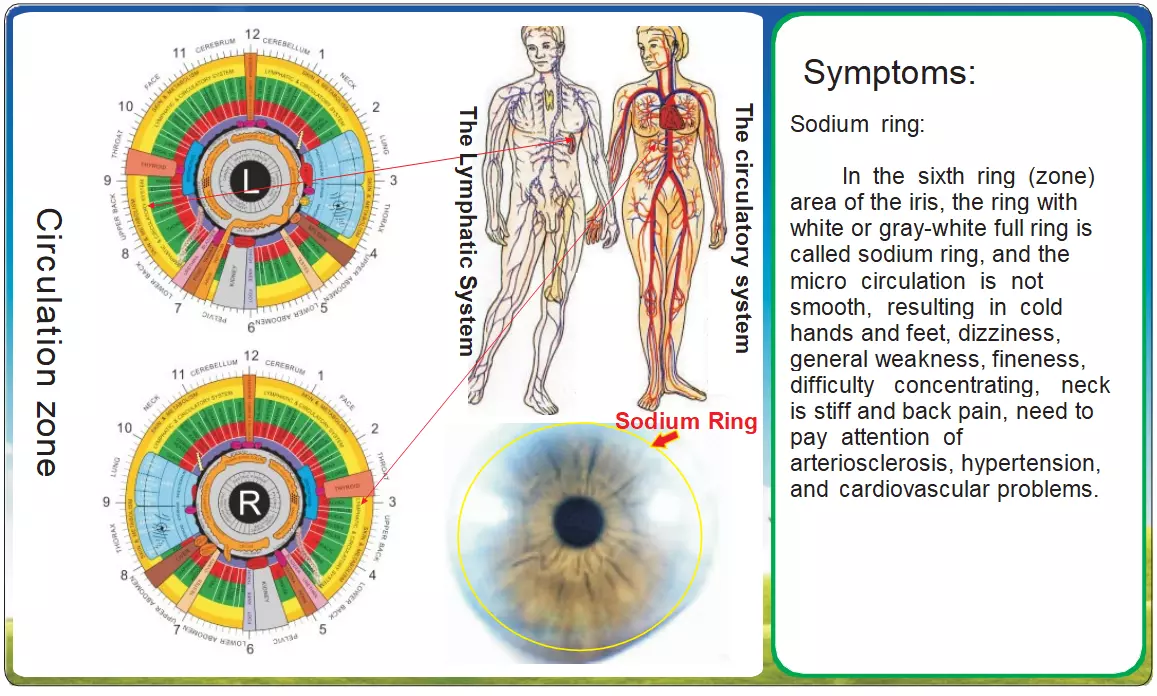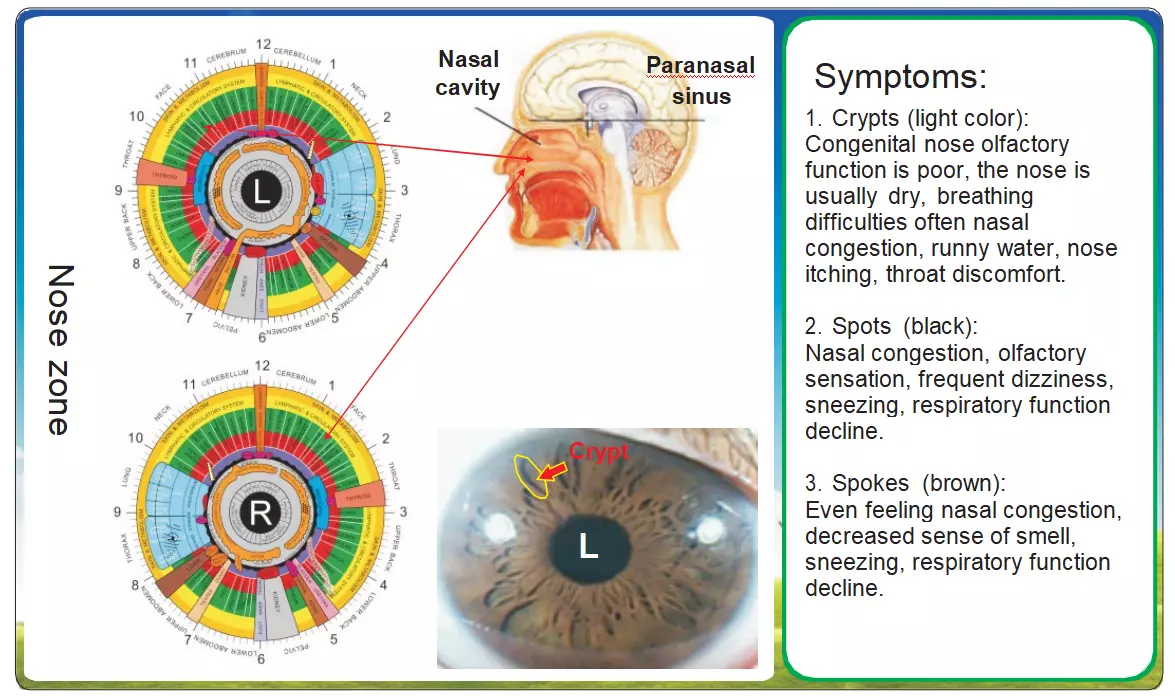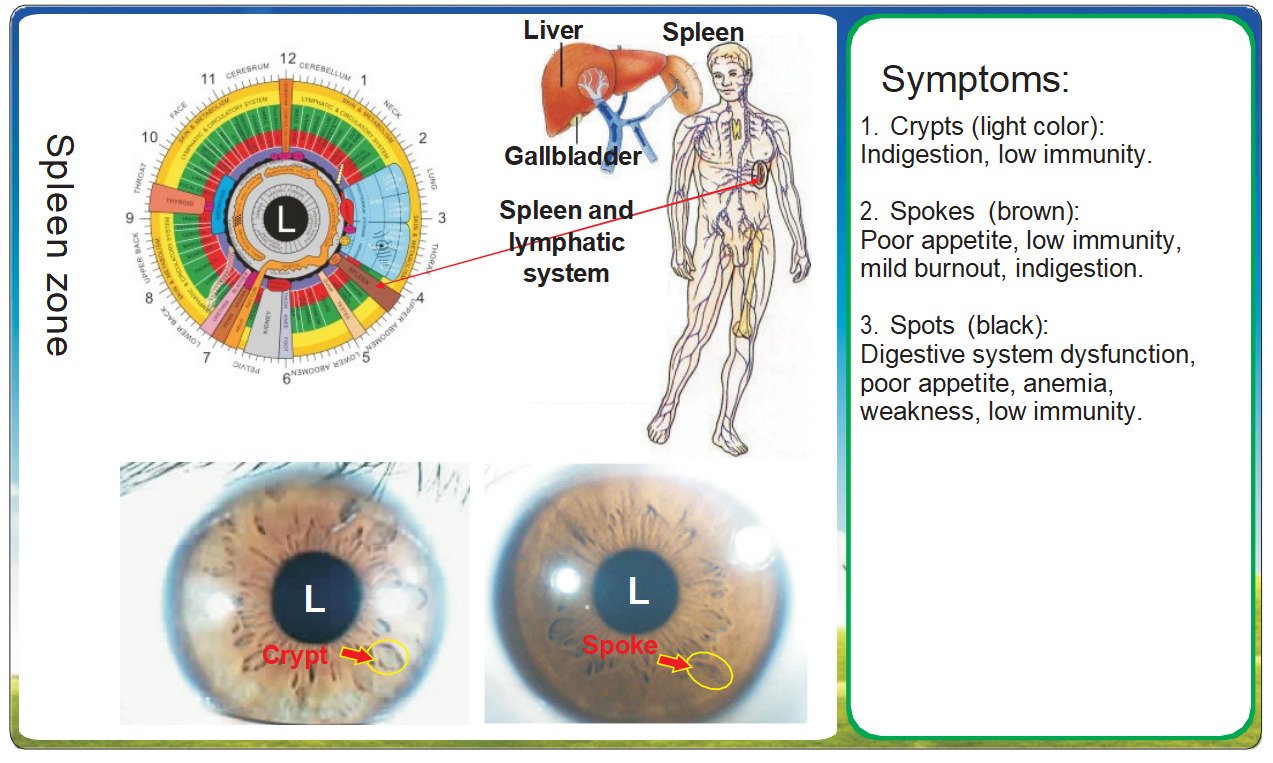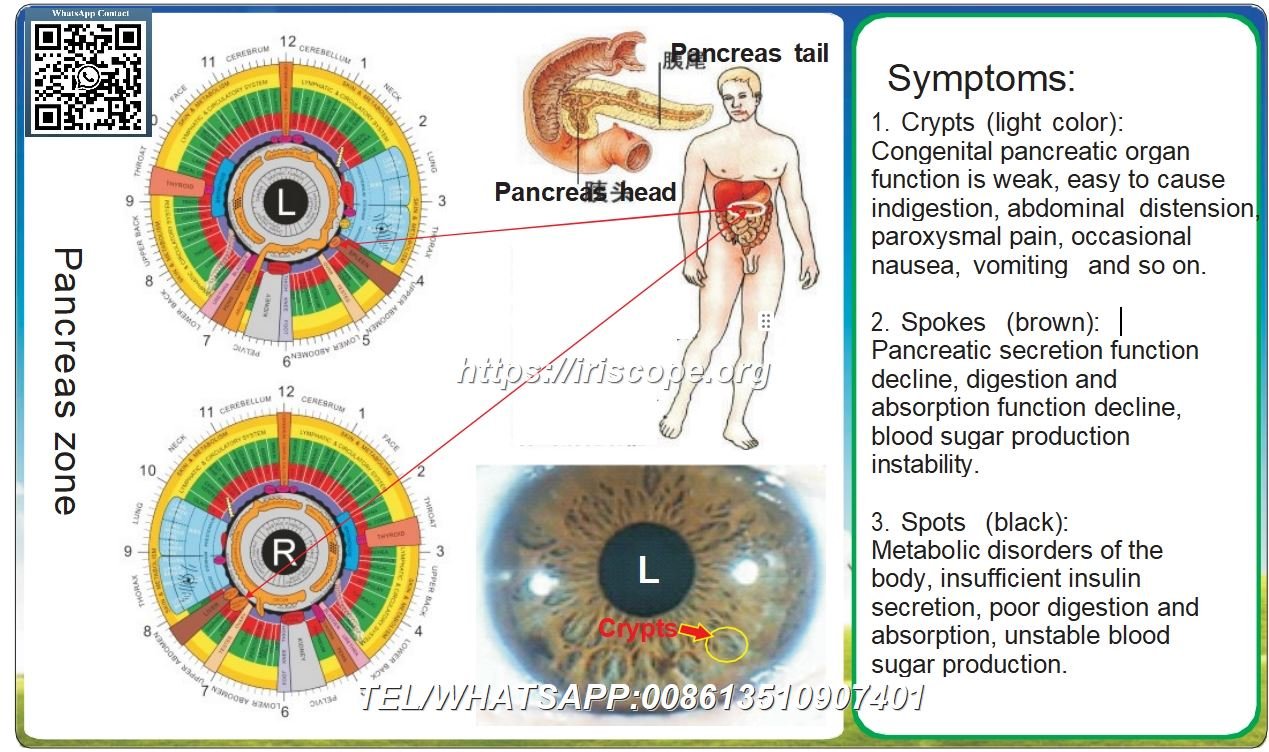Kategorien
- Iridologie (226)
- Augenlesen (24)
- QR-Software (15)
- Blog (279)
- Illustration der Iridologie (35)
- Online-Kurs Iridologie (54)
- Iridologie (59)
- Ausstellung (2)
- Nachricht (413)
- Iridologie (122)
- Iridologie-Fall (122)
- Iridologie-Ausbildung (163)
- Iridologie-Bilder (32)
- FAQ (46)
- Iridology-Kameratreiber (31)
- Iridologie-Kamerasoftware (17)
- Video zur Iridologie-Kamerasoftware (47)

















